#invertebrate biology
Text
the cognitive dissonance from people who want the products of modern medicine but get weird about animal research. like im sorry but this is necessary for the survival of the society we currently live in. and the scientists who work on these things are not evil cackling psychopaths. anyone you talk to in animal research has incredibly complex feelings about their work and incredibly complex relationships to the animals in their care. there are regulations and oversight and penalties in place to make the work as humane as possible and scientists are overwhelmingly the ones enforcing and advocating for better care.
#i work with invertebrates so nobody cares about what i do but literally everybody else in my building does mice/dogs/primates#science#biology#research#animal testing
55K notes
·
View notes
Text
Me: marine invertebrates are so interesting. I want to be a marine biologist.
Me in the ocean when my foot touches something:

4K notes
·
View notes
Text
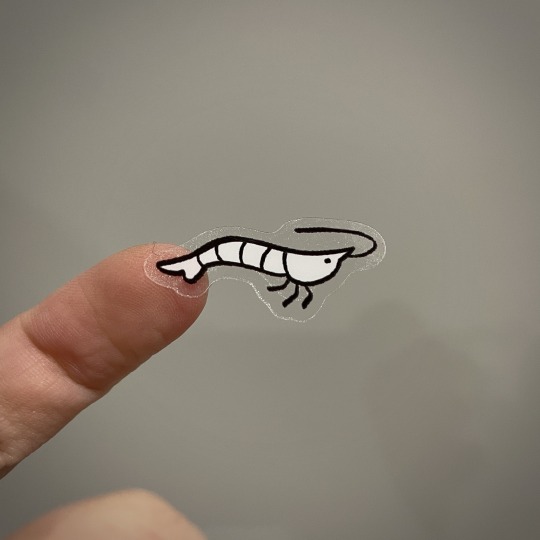
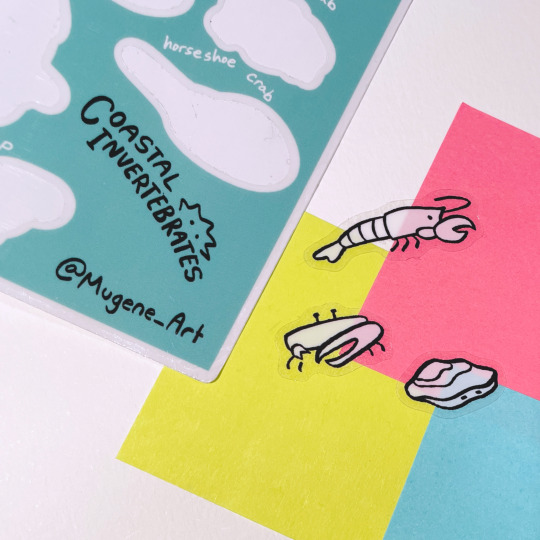


#marine invertebrates#marine biology#invertebrates#shrimp#horseshoe crab#nudibranch#coral#squid#sea anemone#cnidarians#echinoderms#crustacean#mollusk#molluscs#tunicate#sea creatures#sea animals#biology#sticker sheet#stickers#clear stickers#artists on etsy#artists on tumblr#mu's wares
677 notes
·
View notes
Text
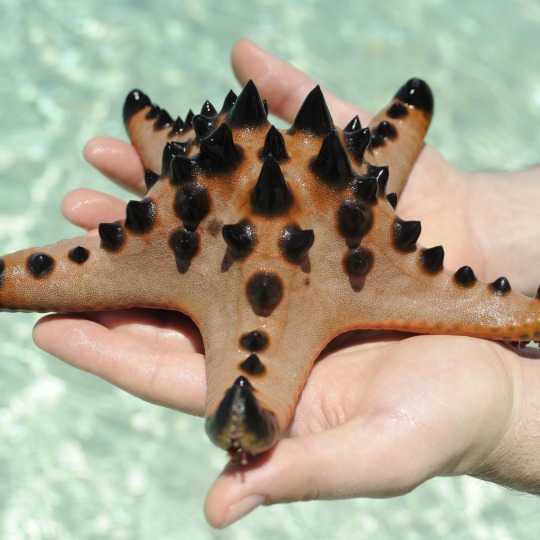
🍪 Feeling hungry? Well, despite its name, the chocolate chip sea star (Protoreaster nodosus) probably wouldn’t taste very good. To start, those “chips” aren't chocolate at all… they’re tubercles, or knobs, and they’re unique to each sea star. No two individuals have the same arrangement of tubercles!
Like many other sea stars, this marine invertebrate eats by pushing its stomach out of its mouth, covering its meal, and then digesting it externally. This critter inhabits the warm waters of the Indian Ocean and Pacific Ocean, where it might be spotted around coral reefs or seagrass beds. It can grow up to 12 inches (30 cm) across.
Photo: woodgreg, CC BY-NC 4.0, iNaturalist
#sea star#starfish#marine biology#cookie#chocolate chips#chocolate chip cookies#science#nature#natural history#animals#paleontology#cool animals#weird animals#marine biodiversity#ocean life#invertebrates#fact of the day#did you know
599 notes
·
View notes
Text

Extremely good paragraph from an article exploring the concept of sentience in invertebrates
#biology#animals#animal cognition#invertebrates#sentience#this article is not perfect and I don’t necessarily agree with all of their conclusions but it’s still a very important investigation
3K notes
·
View notes
Text



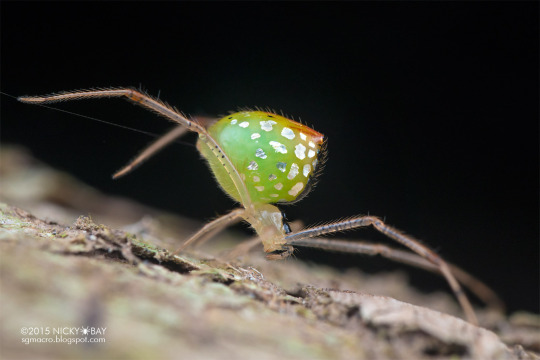
Thwaitesia argentiopunctata known as the sequined spider, mirror spider, or twin-peaked Thwaitesia, is a species of spider found in almost all states of Australia.
It is known to have a reflective abdomen that plays a crucial role in their camouflage to protect them from predators in the forest canopy.
The scales look like solid pieces of mirror glued to the spider's back, but they can actually change size depending on how threatened the spider feels. The reflective scales are composed of reflective guanine, which these and other spiders use to give themselves color.
[A-Z Animals: Sequined Spider]
#original post#fauna#Thwaitesia argentiopunctata#mirror spider#sequined spider#spider#insect#bio#biology#bioscience#bioblr#science#scienceblr#entomology#arachnids#invertebrates#bugs#bugblr#fun facts#nature#infopost
1K notes
·
View notes
Text


spotted lagoon jelly
picture by @underlyingocean
647 notes
·
View notes
Text


aquatic animal illustrations for friends
#art#artists on tumblr#mixed media#collage#acrylic painting#colored pencil#traditional art#fish#fishblr#fish art#polychaete#marine biology#freshwater fish#marine fish#marine invertebrates#wormart
898 notes
·
View notes
Text
Welcome to a topsy-turvy Wet Beast Wednesday where I'm discussing one of my favorite cnidarians, the upside-down jellyfish. These are 8 species of jellyfish in the genus Cassiopea, which is the only member of the family Cassiopeidae. What makes these jellies notable is the fact that they spend most of their time lying upside-down on the seafloor.

(image: an upside-down jellyfish swimming. It has a light brown and white striped bell and multiple tentacles that are tuck and white. The tentacles branch and are lined with feathery, light brown structures)
While the majority of jellyfish are predators who drift through the water at the mercy of the currents, upside-down jellyfish have essentially become farmers. Their eight branched oral arms that contain symbiotic algae called zooxanthellae. These algae are photosynthetic and live in a mutualistic relationship with the jellyfish. The jellyfish gets food from the zooxanthellae and they get protection from predators and a place to live. Upside-down jellyfish can survive entirely on the nutrients produced by the zooxanthellae, but they will still feed on zooplankton and other small prey. Upside-down jellies are not the only jellyfish to utilize zooxanthellae, many other species also survive primarily on their symbiotic algae, but they are the only ones to have adapted the benthic lifestyle. They can reach a bell diameter of up to 25 cm (10 inches), or as one source for this stated: about the size of a pie pan.
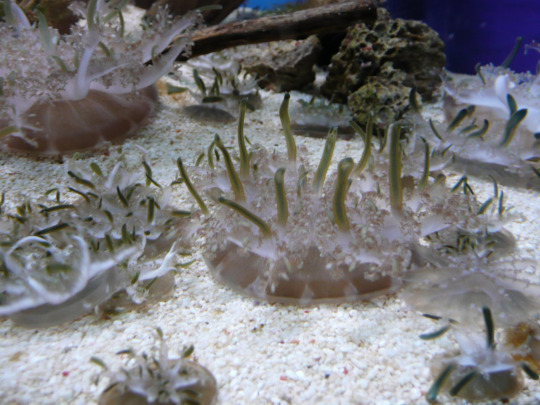
(image: multiple upside-down jellyfish lying on sand. They are ov various sizes and mostly light brown, but have thicker, green tentacles sticking op)
Upside-down jellyfish are found in warm coastal waters in Florida and the Caribbean and in Micronesia, Melanesia, and parts of Polynesia. They require shallow waters to allow enough light to reach their zooxanthellae and are usually found on shady or muddy bottoms. They are highly associated with mangroves and may play an important role in the mangrove habitats by mixing the water to recirculate oxygen and nutrients. They are rarely found alone, instead congregating in large groups that can cover portions of the seafloor. They attach by using their bells as suction cups and rhythmically pulse using the edges of the bell. This pulsing forces water over the gills and can force zooplankton into the stinging cells to become food. Stung prey will fall on the oral tentacles, where it is broken down into fragments that are then intaken through the numerous tiny oral openings on the tentacles. Interestingly, some species have cycles of reduced movement, which is believed to be the first known example of sleep in an animal without a central nervous system. While upside-down jellies can swim, they will usually only do so to escape predators or if their environment becomes unsuitable.
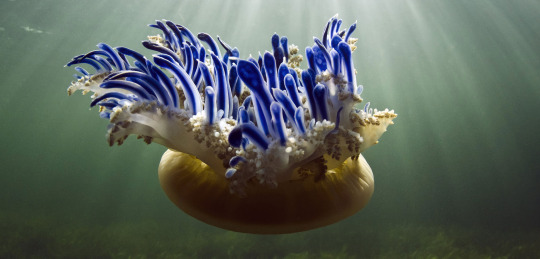
(image: an upside-down jellyfish swimming. The majority of its body is light brown, but it has many tentacles that are dark blue and outlined in white)
While a very neat thing to see underwater, many snorkelers avoid upside-down jellyfish due to a phenomenon called stinging water. This is when people will receive the symptoms of a sting by the jellyfish without actually touching it. While the cause of this was a mystery for a long time, it was solved when a 2020 paper was published in Communications Biology by Ames et al. The scientists discovered that upside-down jellies release clumps of mucus into the water. This mucus is filled with zooxanthellae and stinging cells and many of these clumps also have ciliated cells that allow for limited swimming. These clumps, named cassiosomes, are the source of the stinging water. The paper, titled "cassiosomes are stinging-cell structures in the mucus of the upside-down jellyfish Cassiopea xamachana" speculated that the cassiosomes are used for defense and feeding. The cassiosomes could be released to sting a potential predator from a distance, discouraging it from approaching the jellyfish. Presumably snorkelers trigger this defense when they swim over the jellies, resulting in stinging water. They could also be used to catch prey as zooplankton killed by the stinging cells would have a high likelihood of falling onto the jelly that released them. Because the cassiosomes have zooanthellae in them, they could survive for likely up to several days after release.

(image: a microscope image of three cassiosomes. They are irregularly-shaped blobs somewhat similar to popcorn. They are a dark color with grey outlines. Spots of green algae and white stinging cells dot their surface)
Upside-down jellyfish are threatened by habitat loss as many mangrove forests are torn down for development. They are also threatened by pollution. They are not considered dangerous to humans. The sting of an upside-down jellyfish can result in mild to severe rashes and itching, but is not lethal.
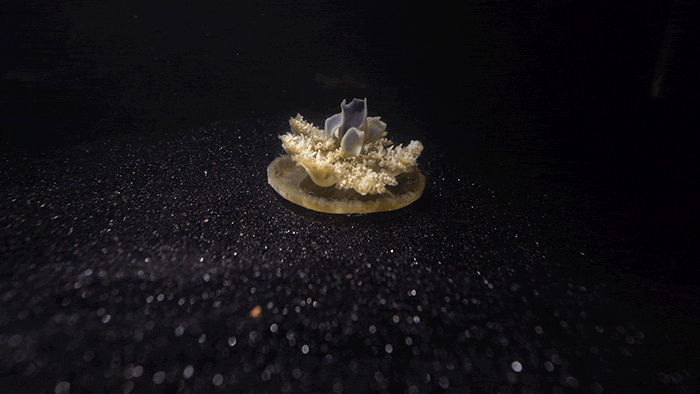
(gif: a lone, light brown upside-down jellyfish on black sediment. The edge of its flat, circular bell regularly pulse upward to move air over its gills and tentacles. This one's pulsing has slowed, which is speculated to be the result of it going through its sleep cycle)
#wet beast wednesday#upside down jellyfish#inverted invertebrate#marine biology#biology#zoology#ecology#animal facts#jellyfish#cnidarians#invertebrate
834 notes
·
View notes
Text

I randomly encountered this pic from some kid from 2014's powerpoint presentation and the layout was really familiar so I knew what I had to do
1K notes
·
View notes
Text
nereid worms (Alitta sp.) prowling the tidal mudflats
nereids and other predatory polychaete worms (such as bobbit worms) are related to earthworms but have a more complex brain, leg-like parapodia, eyes, antennae, and sharp retractable jaws for grasping prey. I think of them as marine centipedes.
normally they stay out of sight buried in the mud, so I was a bit surprised to see these ones crawling out in the open, various smaller invertebrates scrambling out of the way to avoid becoming the worms’ next meal.
(PEI, Canada, 7/29/22)
#oh worm?#worms#annelids#nereids#alitta#clamworm#ragworm#invertebrates#marine biology#biology#bugblr#polychaetes
7K notes
·
View notes
Text
can i please have everyone's best marine invertebrate memes (Porifera, Cnidaria, Arthropoda, Mollusca, Annelida and Echinodermata) for my presentation
if i dont get to have a little fun for the thing thats worth 60% of the module what even am i doing at uni
429 notes
·
View notes
Text
Analia the Bee

I made this after finding a bee that I thought was dead, but was actually still alive, barely.
I don't usually name my specimens, but I asked my best friend if she wanted a bee named after her and she said "yes" (btw her name is pronounced "ah-nah-LEE-ah", not "an-NAH-lia").
Of all the animals I've found, this one made me the saddest.
Here are some pictures of the bee right after I found it and thought it was dead:


And here are some pictures I took of it today:
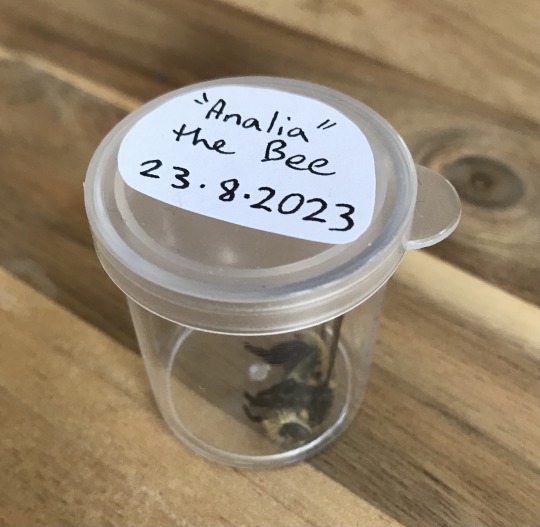

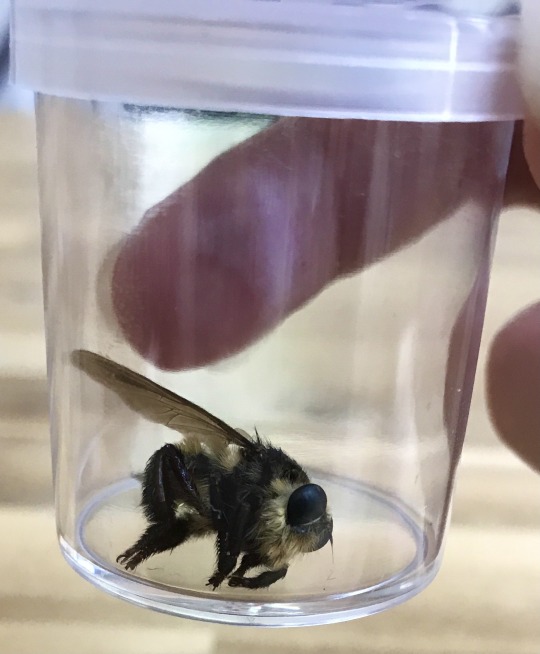

Rest In Peace, small bee friend.
#vulture culture#dead animals#dead things#bugs#insects#bees#invertebrates#Penelope Kat#my art#science#biology#goblincore#tumblr please don't crunch the quality on the art plz plz plz plz plz it's nice and crisp plz plz plz plz#I've been informed that this is a bee-mimicking fly#super cool!#I love learning new things :)#long post
686 notes
·
View notes
Text
If I ever went scuba diving I would probably drown due to the fact I would start screaming in pure ecstasy the second I saw 1 crab
#wrenfea.exe#i have to be careful how much invertebrate content i digest at once#bc i will have a fucking heart attack from how much pure adrenaline and dopamine surge through my veins when I see one#literally i get so happy i start feeling dizzy and faint#i also become the most annoying person in the world#marine biology#fishblr#invertebrates#scuba diving#i have screamed out loud when watching my friends scuba videos#i stood up and starting whooping and hollering when a baracuda swam by#she was not amused
398 notes
·
View notes
Text
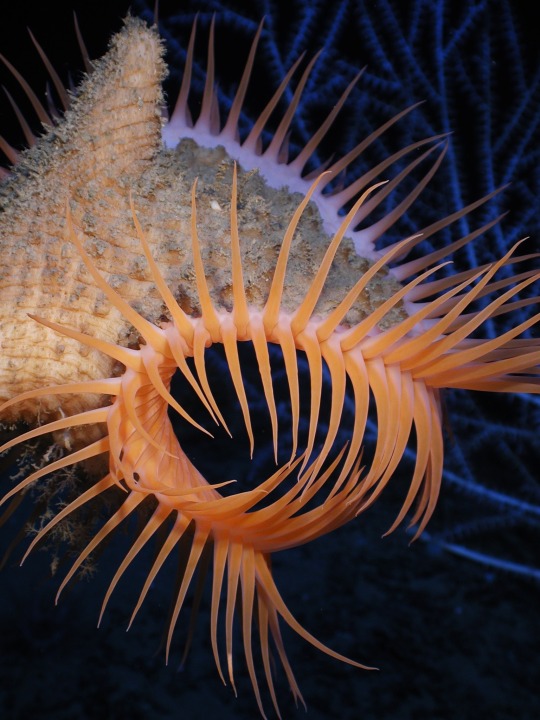
Have you ever seen a venus flytrap anemone? Members of the genus Actinoscyphia, these critters resemble their namesake plant but are actually marine invertebrates related to jellyfish. They can be found on the seafloor at depths of up to about 7,000 ft (2,133 m), where they lie in wait for passing food. These anemones use their tentacles to catch and consume detritus (decomposing organic waste) that's carried by the current. Growing as much as 1 ft (0.3 m) in length, their tentacles are lined with stinging nematocysts.
Photo: NOAA Photo Library, CC BY 2.0, Wikimedia Commons
#natural history#nature#anemone#sea life#science#marine life#ocean life#marine biology#fact of the day#invertebrates#marine invertebrates#cool animals#noaa
467 notes
·
View notes
Text





"Nautiluses are a living link to the ancient past.
They’ve been around over 480 million years, cruising deep ocean reefs even before the time of dinosaurs. These soft-bodied creatures live inside an intricately chambered shell.
A nautilus can only sense dark and light with its simple, pinhole-type eyes. But a nautilus can perceive water depth and current directions, as well as current speeds, to help it keep its body upright. A highly developed sense of smell helps a nautilus search for food and find mates."
Full article
- Monterey Bay Aquarium
#nautilus#fauna#monterey bay aquarium#original post#bio#biology#marine biology#bioscience#science#scienceblr#bioblr#molluscs#invertebrates#deep sea#deep sea creatures#fun facts#nature#infopost
2K notes
·
View notes